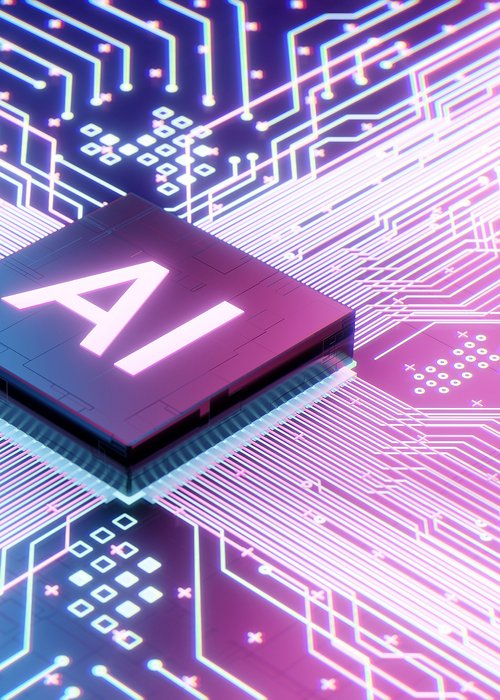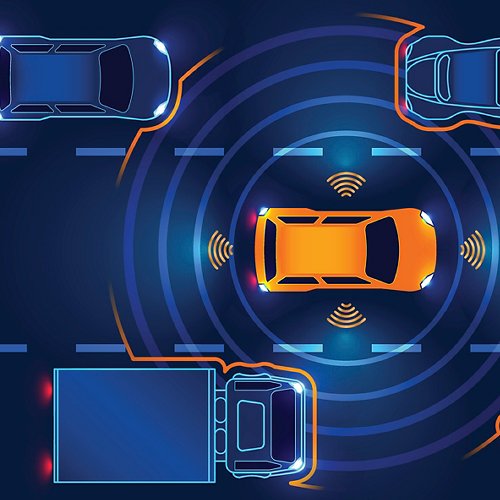From ‘Blade Runner’ to ‘Matrix’, from ‘WALL-E’ to ‘I, Robot’, artificial intelligence, whether as androids, algorithms, software or cyborgs, has been part of our collective imagination for several decades.
Already in the 1940s, Isaac Asimov, famous above all for his sci-fi books, set down the three, still very relevant, laws of robotics:
- A robot may not injure a human being or, through inaction, allow a human being to come to harm.
- A robot must obey orders given it by human beings except where such orders would conflict with the First Law.
- A robot must protect its own existence as long as such protection does not conflict with the First or Second Law.
Since then, techno-scientific innovation has made huge progress, leading to two facts that are fundamental for the development of AI:
- calculation power has grown exponentially;
- we have a large quantity of available data.





